Home>Technology>Security & Surveillance>How To Open A Broken Door Lock
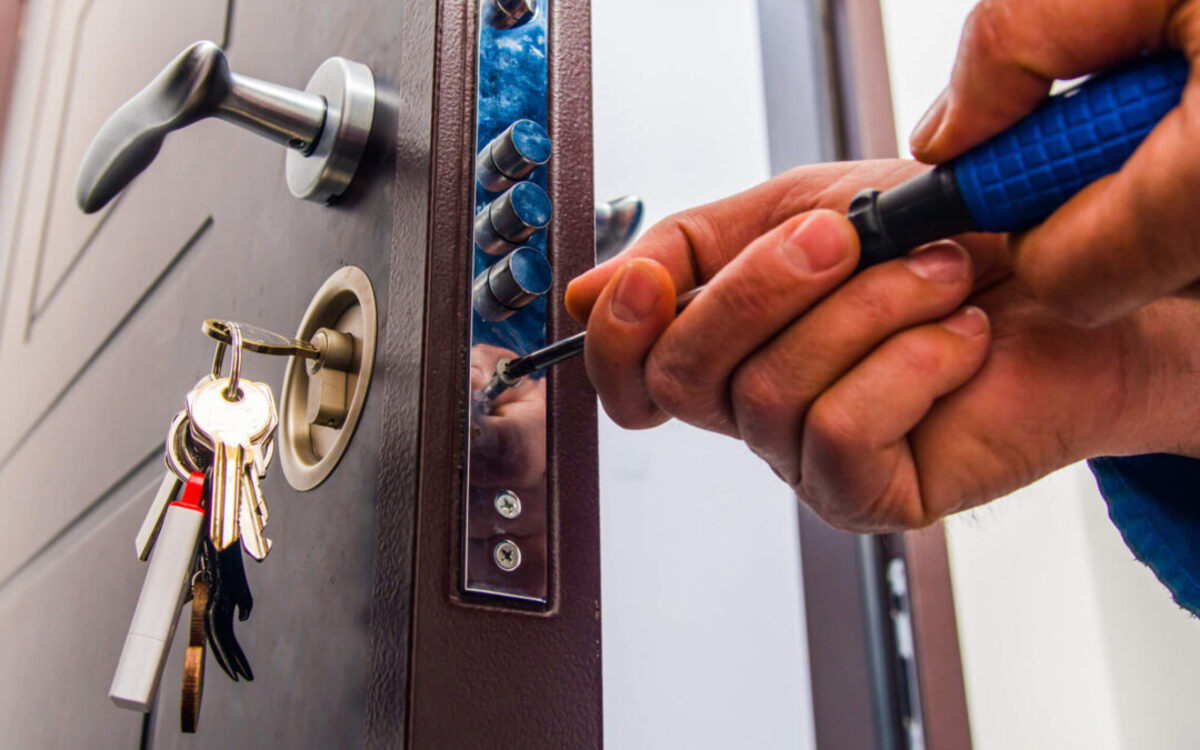

Security & Surveillance
How To Open A Broken Door Lock
Published: December 26, 2023
Learn how to open a broken door lock and improve your security and surveillance. Discover effective solutions to fix a broken lock and enhance your home security.
(Many of the links in this article redirect to a specific reviewed product. Your purchase of these products through affiliate links helps to generate commission for Storables.com, at no extra cost. Learn more)
Introduction
Welcome to the comprehensive guide on opening a broken door lock. We've all been there – you're trying to enter your home or office, only to find that the door lock is not functioning as it should. Frustrating, isn't it? But fear not, as we're here to walk you through the process of dealing with this common predicament.
A broken door lock can be a major inconvenience, potentially disrupting your daily routine and compromising the security of your property. However, with the right knowledge and tools, you can successfully address this issue without having to resort to expensive professional assistance.
In this guide, we'll cover everything you need to know about opening a broken door lock, from assessing the damage to repairing and reinstalling the lock. By following these step-by-step instructions and tips, you'll be equipped to tackle this challenge with confidence.
So, whether you're a homeowner, a tenant, or a business owner, this guide is designed to empower you to handle a broken door lock effectively. Let's dive in and take the first step toward regaining access to your space.
Key Takeaways:
- Assess the damage and gather the right tools before opening a broken door lock. This proactive approach saves time and ensures a more informed and effective resolution.
- Carefully remove, repair, and reinstall the lock with precision. By following the step-by-step process, you can restore the functionality of the lock and enhance the security of your space.
Assessing the Damage
Before diving into the process of opening a broken door lock, it’s crucial to assess the extent of the damage. This initial step will provide valuable insights into the nature of the problem and guide your subsequent actions.
Start by carefully examining the lock mechanism. Look for visible signs of damage, such as a misaligned latch, a keyway filled with debris, or a key that doesn’t turn smoothly. Additionally, try to identify any unusual sounds or resistance when attempting to operate the lock.
Next, consider the type of lock you’re dealing with. Is it a traditional key-operated lock, a deadbolt, a knob lock, or a more advanced electronic lock? Understanding the specific features of the lock will help you determine the appropriate approach for addressing the issue.
If the lock is visibly damaged or if you suspect internal components are malfunctioning, it’s advisable to proceed with caution. Attempting to force the lock open without a clear understanding of the underlying problem can exacerbate the situation and potentially cause further damage.
Furthermore, take note of any previous issues or recurring difficulties with the lock. Has it been showing signs of wear and tear over time? Have there been instances where the key got stuck or the lock failed to engage properly? By considering the lock’s history, you can gain valuable context for troubleshooting the current problem.
Finally, evaluate the surrounding environment. Are there any external factors, such as extreme weather conditions or attempted break-ins, that could have contributed to the lock’s malfunction? Understanding the broader context can help you address potential underlying causes and prevent future issues.
By thoroughly assessing the damage, you’ll be better equipped to proceed with the necessary steps for opening the broken door lock. This proactive approach sets the stage for a more informed and effective resolution, ultimately saving you time and frustration in the long run.
Gathering the Necessary Tools
Once you’ve assessed the damage and gained a clear understanding of the lock’s condition, it’s time to gather the essential tools for the task ahead. Having the right tools at your disposal will streamline the process and ensure that you can address the issue with precision and efficiency.
Here’s a list of tools you may need to open a broken door lock:
- Screwdriver set: A versatile screwdriver set with various head types, including flathead and Phillips, will be indispensable for accessing and disassembling the lock mechanism.
- Lubricant: A high-quality lock lubricant or graphite powder can help ease the movement of internal components and alleviate friction within the lock.
- Pliers: A pair of pliers may be necessary for manipulating small components or extracting broken key fragments from the lock.
- Replacement parts: Depending on the nature of the damage, you may need replacement components such as a new latch, cylinder, or set of keys.
- Key extractor: If a key has broken off inside the lock, a key extractor tool can facilitate the safe removal of the broken key without causing further damage.
- Flashlight: Adequate lighting is essential for inspecting the interior of the lock and identifying any obstructions or irregularities.
- Allen wrench set: For locks with recessed set screws, an Allen wrench set will enable you to loosen or remove these screws as needed.
Before embarking on the repair process, ensure that you have all the necessary tools within reach. This proactive approach will minimize interruptions and allow you to address the issue with confidence.
Additionally, it’s beneficial to have a clean work area and protective gear, such as gloves, to ensure your safety and prevent damage to the surrounding surfaces.
By gathering the essential tools and preparing the work environment, you’ll be well-equipped to tackle the task of opening a broken door lock effectively and efficiently. With the right tools at your disposal, you can approach the repair process with confidence and precision, ultimately restoring the functionality of the lock with ease.
Removing the Lock
With the necessary tools at hand, you’re ready to proceed with the process of removing the broken door lock. This step is essential for gaining access to the internal components of the lock and addressing the underlying issue effectively.
Here’s a step-by-step guide to removing the lock:
- Prepare the Work Area: Begin by ensuring that the surrounding area is clear and that you have ample space to maneuver. This will prevent accidental damage to the door or adjacent surfaces during the removal process.
- Access the Screws: Using an appropriate screwdriver from your set, locate and remove the screws securing the faceplate or cover of the lock. In some cases, there may be additional screws hidden beneath decorative plates or trim.
- Disassemble the Lock: Once the faceplate is removed, carefully disassemble the lock mechanism to access the internal components. Take note of the arrangement of parts and any visible damage or obstructions within the lock.
- Detach the Cylinder: For cylinder locks, you’ll need to detach the cylinder from the door by unscrewing the retaining screw located on the edge of the door. Once the screw is removed, the cylinder can be gently pulled out of the lock housing.
- Extract Broken Key Fragments: If a key has broken off inside the lock, use a key extractor tool to carefully remove the broken fragments. Exercise caution to avoid pushing the key further into the lock or causing damage to the internal components.
- Inspect the Latch and Mechanism: With the lock disassembled, inspect the latch, springs, and other components for signs of wear, damage, or misalignment. This thorough inspection will provide valuable insights into the root cause of the lock’s malfunction.
As you proceed with removing the lock, it’s important to handle the components with care and attention to detail. Take note of the orientation and arrangement of parts to facilitate reassembly later in the process.
By following these steps and exercising precision throughout the removal process, you’ll be well-positioned to address the underlying issues and proceed with the necessary repairs to restore the functionality of the door lock.
If the door lock is broken, try using a lubricant like WD-40 to loosen it. If that doesn’t work, you may need to call a locksmith to help open the door.
Repairing the Lock
After successfully removing the broken door lock and gaining access to its internal components, it’s time to focus on the repair phase. This critical step involves addressing any damage, malfunctions, or obstructions within the lock mechanism to restore its functionality.
Here are the essential steps for repairing the lock:
- Clean and Lubricate: Begin by carefully cleaning the internal components of the lock, removing any debris, dust, or buildup that may be impeding its operation. Once cleaned, apply a suitable lock lubricant or graphite powder to ensure smooth movement and reduce friction.
- Replace Damaged Parts: If any components, such as the latch, springs, or cylinder, show signs of damage or wear, consider replacing them with suitable replacement parts. Ensure that the new parts are compatible with the specific lock model and mechanism.
- Align and Adjust: Inspect the alignment of the internal components and make any necessary adjustments to ensure that the latch, cylinder, and other parts operate smoothly and engage with the strike plate securely. Proper alignment is crucial for the optimal functionality of the lock.
- Test the Operation: After completing the repairs, reassemble the lock and test its operation. Ensure that the key turns smoothly, the latch retracts and extends as intended, and the lock engages securely when the door is closed and locked.
- Address Electronic Locks (if applicable): For electronic or smart locks, troubleshoot any connectivity issues, battery-related concerns, or programming malfunctions according to the manufacturer’s instructions. Resetting the lock or updating its firmware may resolve underlying issues.
Throughout the repair process, it’s essential to handle the components with care and precision, ensuring that each part is reassembled correctly and functions as intended. Pay close attention to the details and take note of any specific requirements or nuances associated with the type of lock you’re repairing.
By diligently addressing the repair needs of the broken door lock, you’ll be well on your way to restoring its functionality and ensuring the security and accessibility of the space it safeguards.
Read more: How To Fix A Broken Lock On A Door
Reinstalling the Lock
With the broken door lock successfully repaired and restored to optimal functionality, the final step involves reinstalling the lock to secure the door and ensure smooth operation. Proper reinstallation is essential for maintaining the security and accessibility of the space, and it requires attention to detail and precision.
Here’s a comprehensive guide to reinstalling the lock:
- Position the Components: Begin by positioning the internal components of the lock, including the latch, cylinder, and associated hardware, in their designated locations within the door. Ensure that each component aligns correctly and operates smoothly.
- Secure the Lock: Carefully fasten the lock in place by reattaching the faceplate or cover using the appropriate screws and ensuring that it sits flush against the door surface. Tighten the screws securely to prevent any movement or instability.
- Test the Operation: Once the lock is reinstalled, test its operation by inserting the key, turning the knob or lever, and verifying that the latch engages with the strike plate effectively. Confirm that the lock functions as intended and that the door closes and locks securely.
- Adjust as Needed: If any adjustments are required to ensure the optimal alignment and operation of the lock, make the necessary modifications to address any issues. This may involve fine-tuning the position of the strike plate or adjusting the tension of the latch mechanism.
- Reassemble Surrounding Hardware: If the lock is part of a comprehensive door hardware system, such as a handle set or deadbolt, reassemble any additional components according to the manufacturer’s instructions. Ensure that all hardware is securely fastened and functions harmoniously with the reinstalled lock.
- Perform a Final Check: Conduct a thorough inspection of the reinstalled lock, verifying that all components are securely in place, the operation is smooth and consistent, and the door closes and locks without any issues. Address any remaining concerns or discrepancies as needed.
By following these steps and paying meticulous attention to the details of the reinstallation process, you can confidently complete the task of securing the door with a fully functional and reliable lock.
Once the lock is successfully reinstalled, take a moment to appreciate the restored security and peace of mind it provides, knowing that your space is once again safeguarded against unauthorized access.
Conclusion
Congratulations! You’ve successfully navigated the process of opening a broken door lock, addressing the underlying issues, and restoring its functionality. By following the step-by-step guidance provided in this comprehensive guide, you’ve demonstrated resourcefulness and determination in overcoming a common household or commercial challenge.
Throughout this journey, you’ve learned the importance of assessing the damage, gathering the necessary tools, removing the lock, repairing its components, and reinstalling it with precision. These skills and insights empower you to handle similar situations with confidence and competence in the future.
It’s important to recognize that the ability to address a broken door lock goes beyond mere practicality – it embodies a sense of self-reliance and problem-solving prowess. By taking proactive steps to resolve the issue independently, you’ve not only saved time and resources but also gained a deeper understanding of the mechanisms that secure your living or working environment.
Remember, the knowledge and skills you’ve acquired through this experience can be applied to various aspects of home maintenance, security enhancement, and DIY projects. Whether it’s troubleshooting other types of locks, addressing minor repairs, or undertaking preventive maintenance measures, you’re now equipped to approach these tasks with confidence and proficiency.
As you reflect on your accomplishment, take pride in your ability to adapt and overcome challenges, demonstrating resilience and ingenuity in the face of unexpected obstacles. Your proactive approach to resolving the broken door lock exemplifies your commitment to safeguarding your space and ensuring its security and functionality.
By embracing the knowledge and skills gained from this guide, you’re poised to tackle future maintenance and repair tasks with a sense of empowerment and assurance. Your newfound expertise in addressing broken door locks serves as a testament to your resourcefulness and capability as a homeowner, tenant, or business proprietor.
With your door lock restored and your space secure, take a moment to appreciate the satisfaction that comes with overcoming a practical challenge and enhancing the safety and functionality of your environment. Your proactive approach and determination have made a tangible difference, reinforcing your ability to navigate and conquer similar tasks in the future.
Thank you for embarking on this insightful journey toward opening and repairing a broken door lock. Your dedication to mastering this essential skill is a testament to your commitment to maintaining a secure and functional living or working space.
Frequently Asked Questions about How To Open A Broken Door Lock
Was this page helpful?
At Storables.com, we guarantee accurate and reliable information. Our content, validated by Expert Board Contributors, is crafted following stringent Editorial Policies. We're committed to providing you with well-researched, expert-backed insights for all your informational needs.
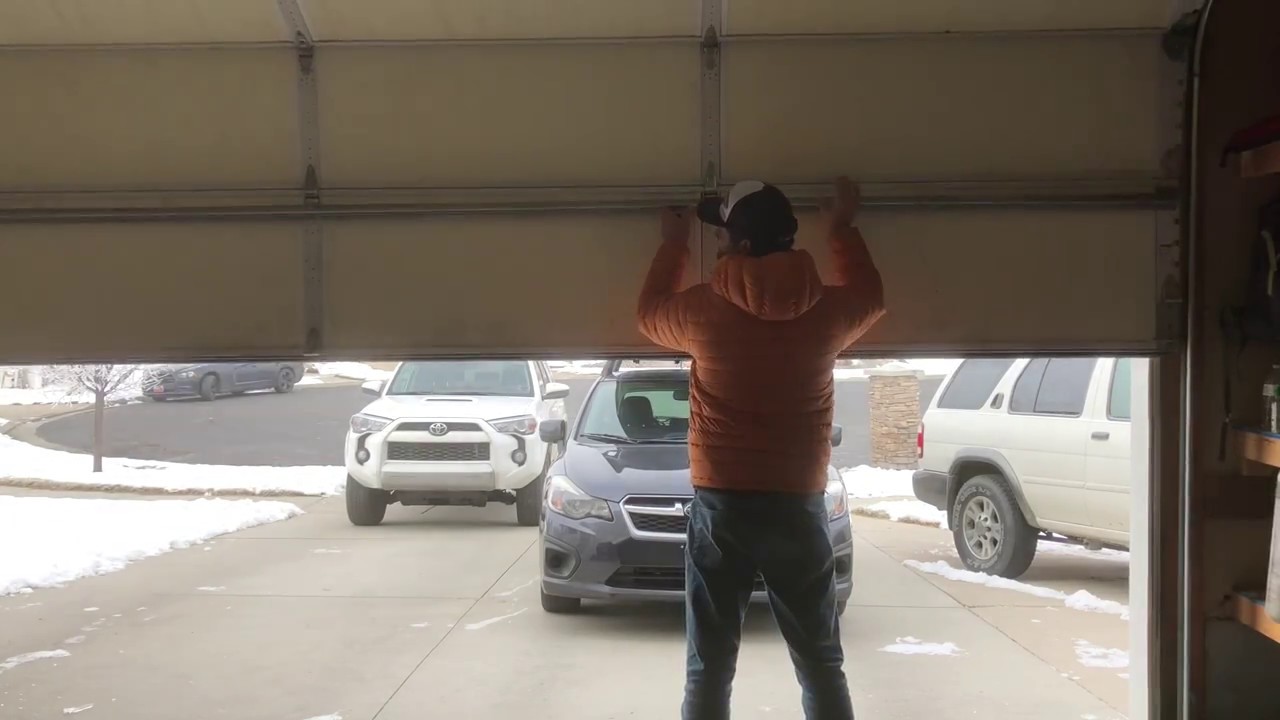
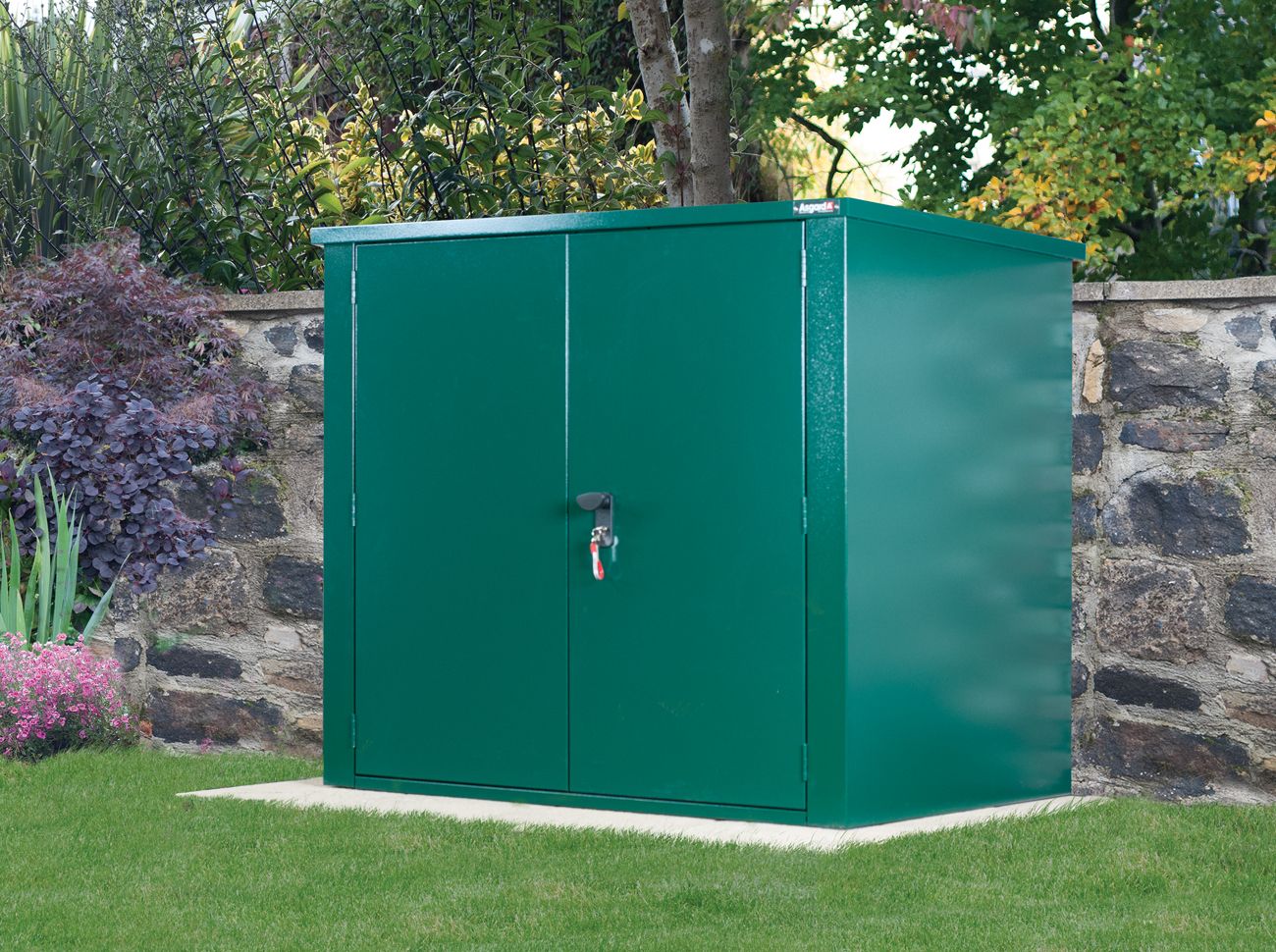
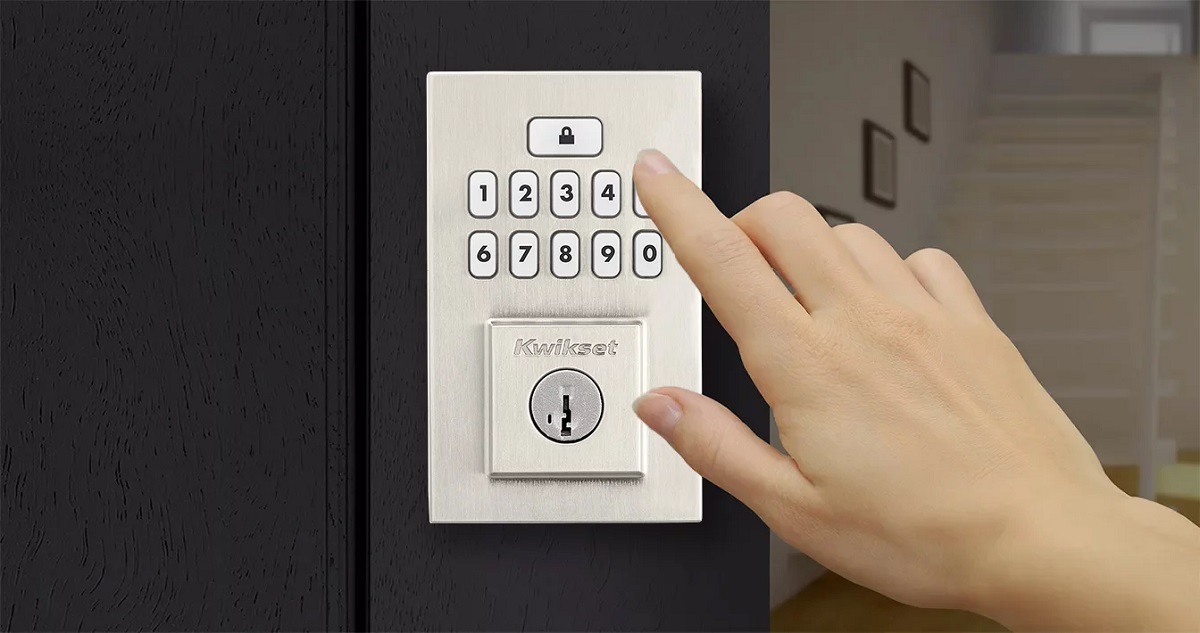
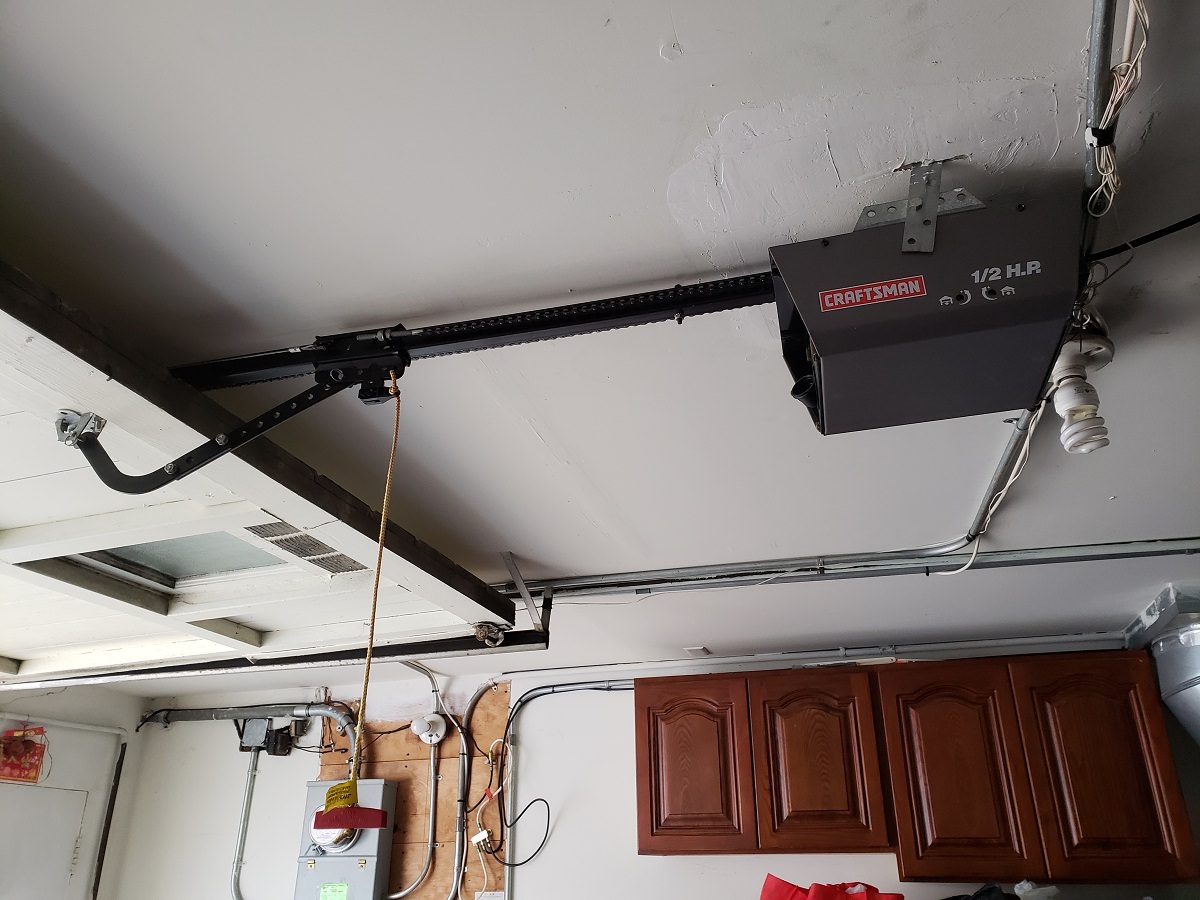
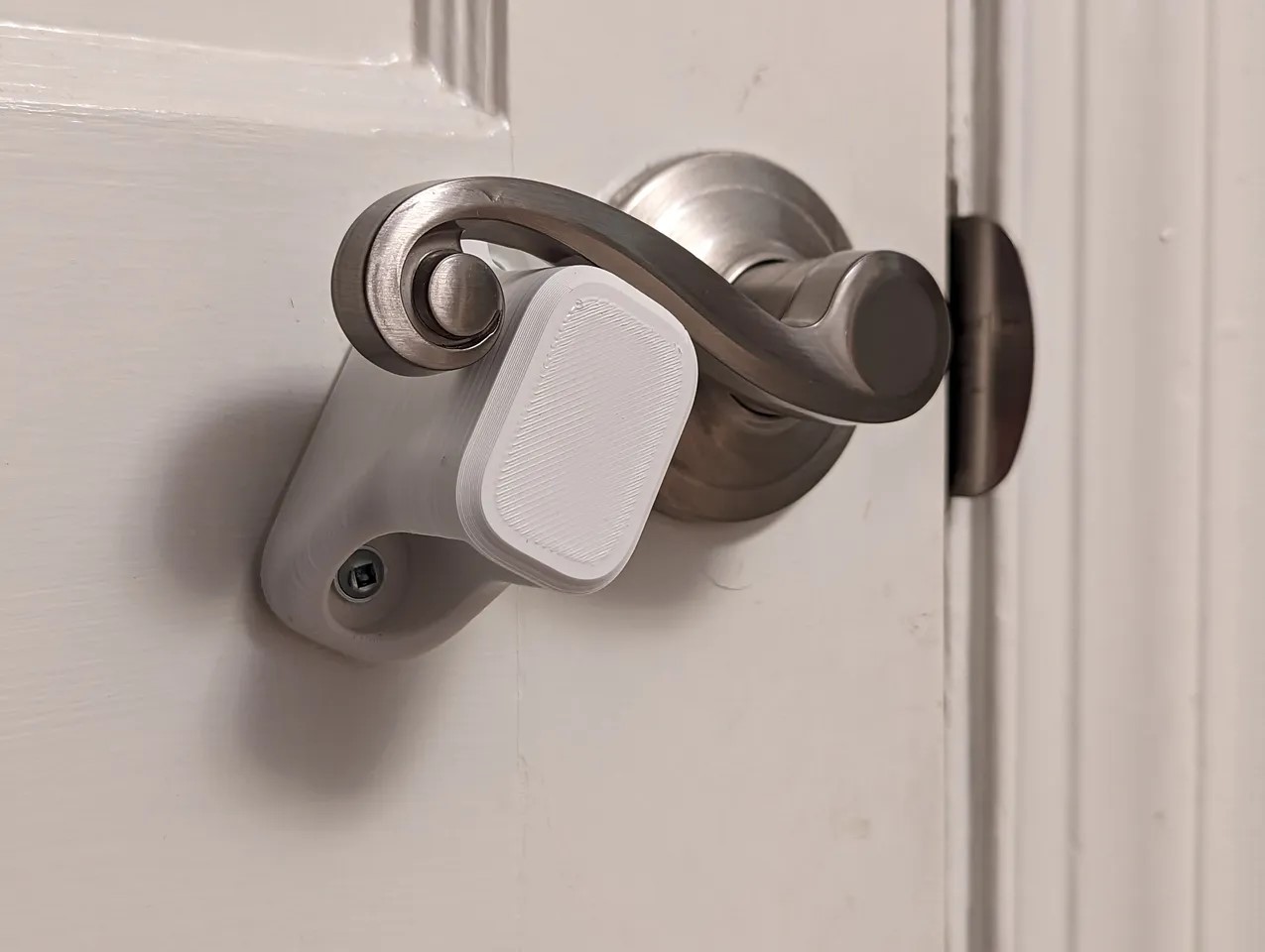
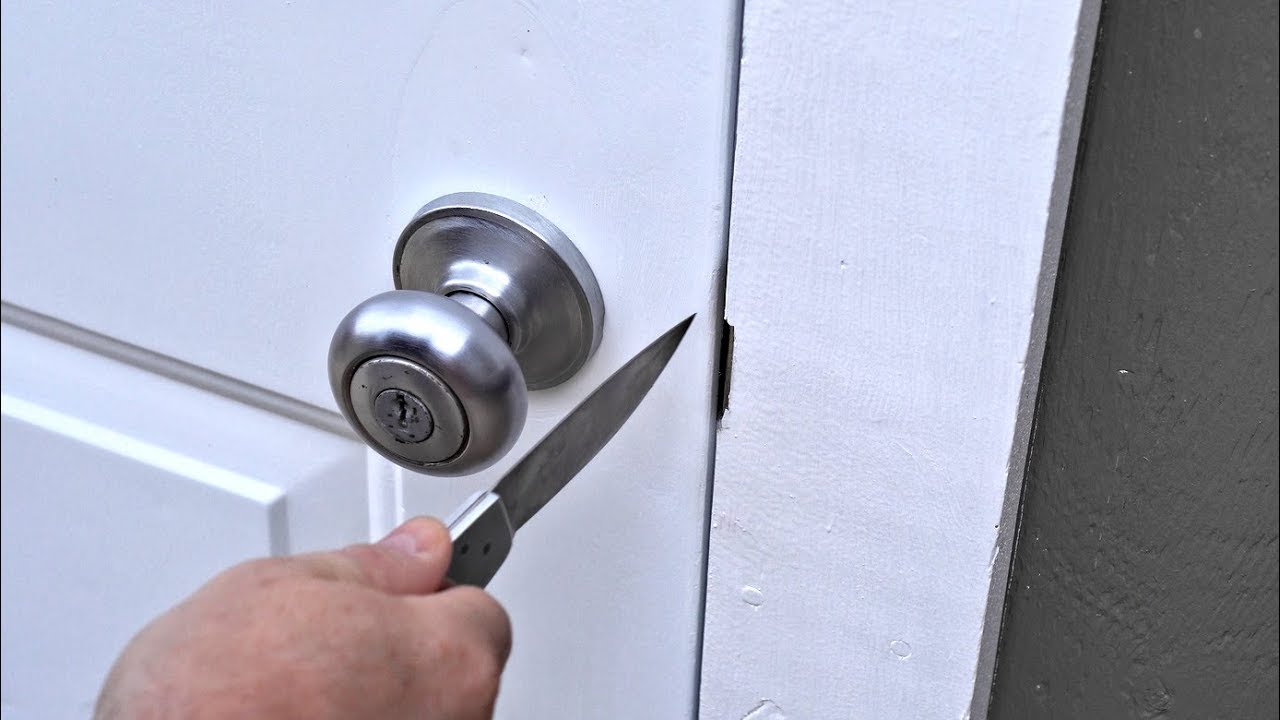
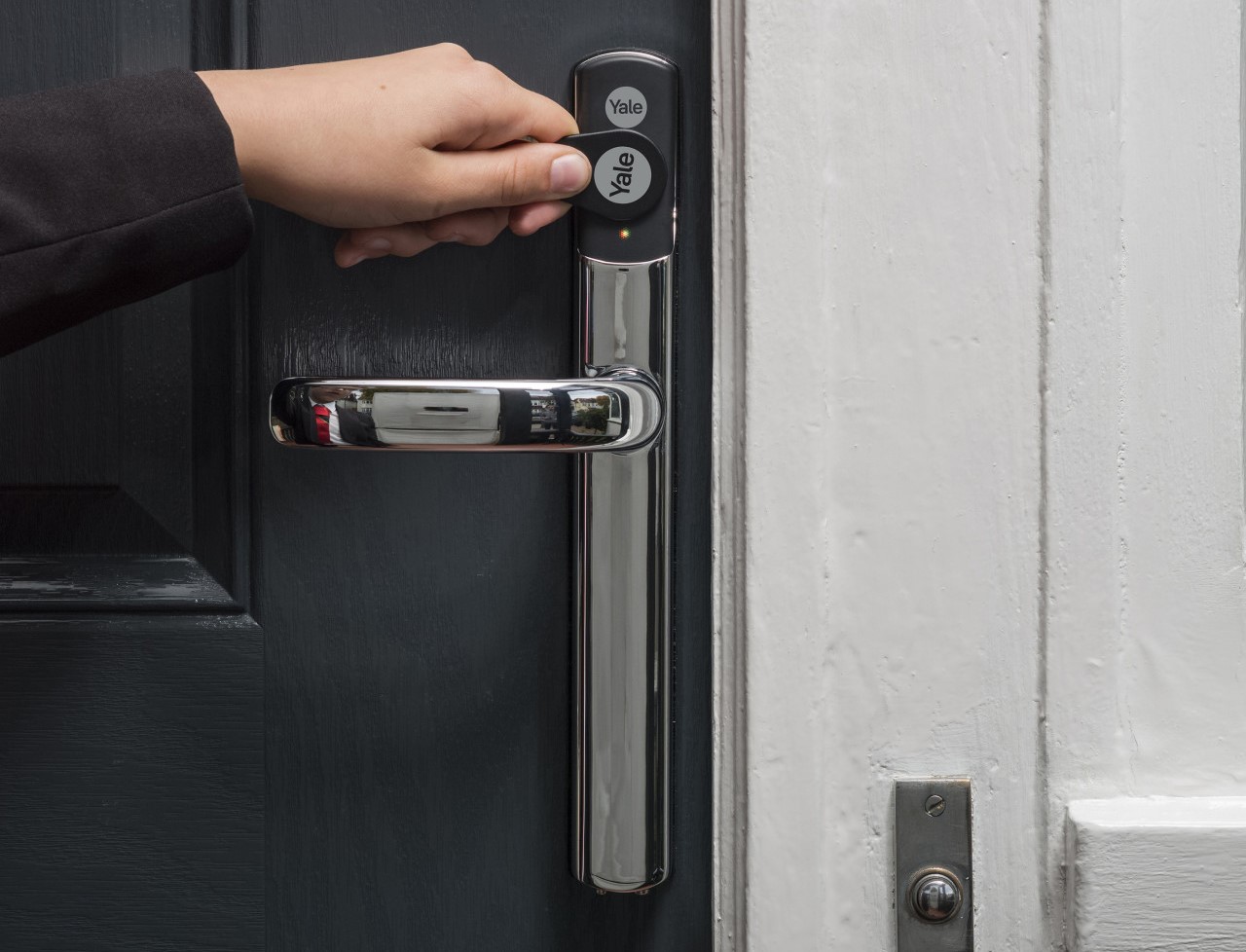
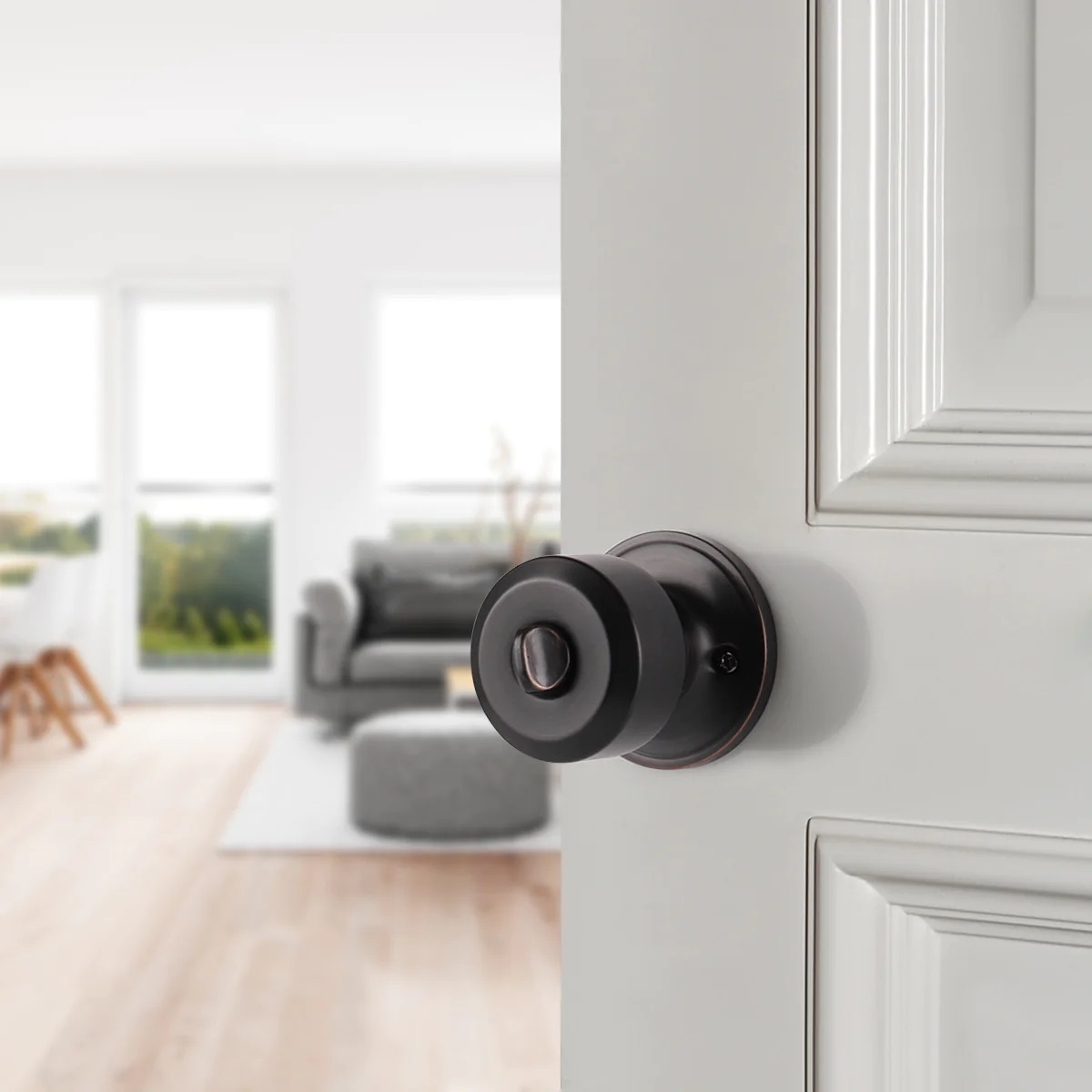
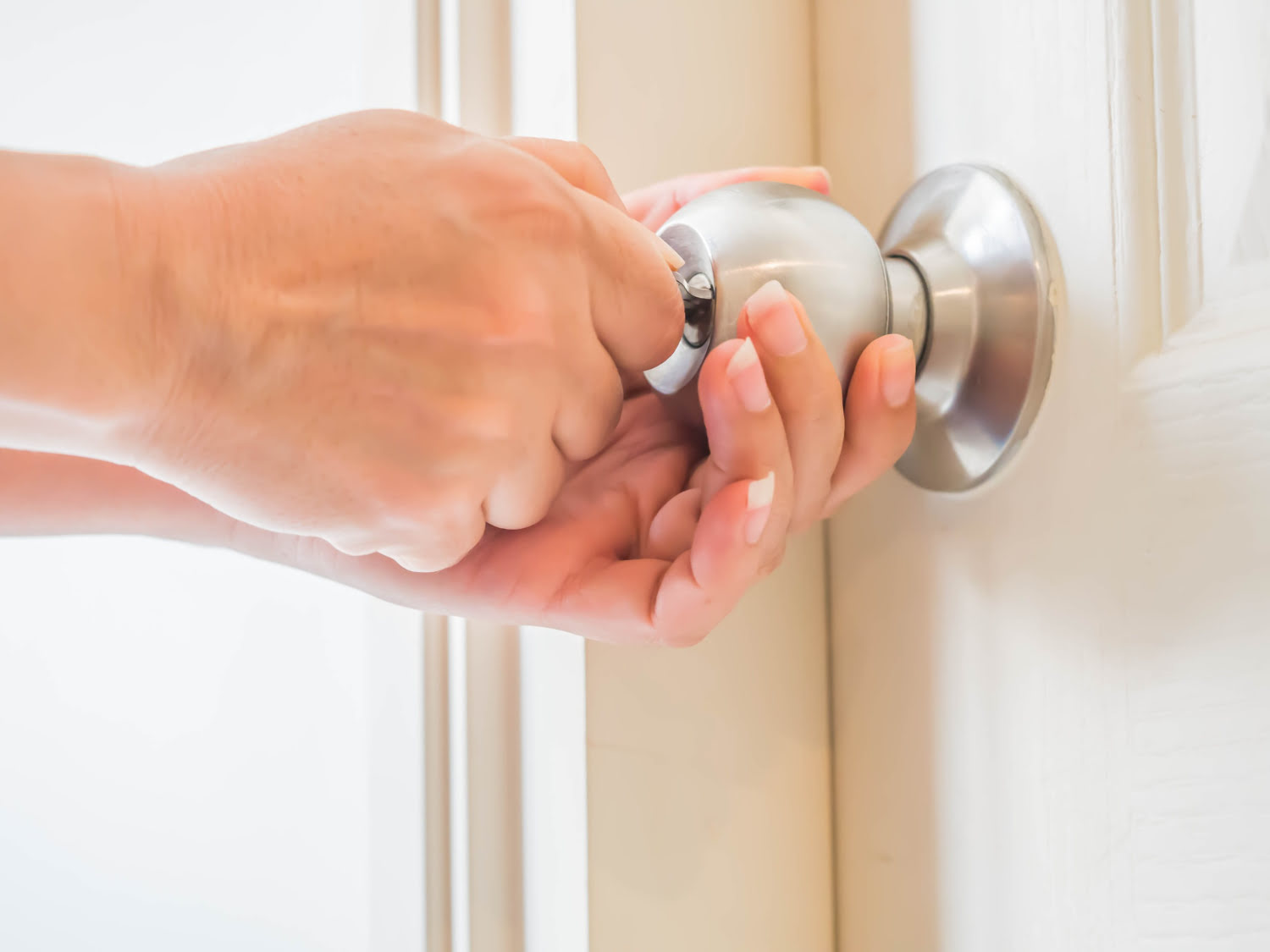
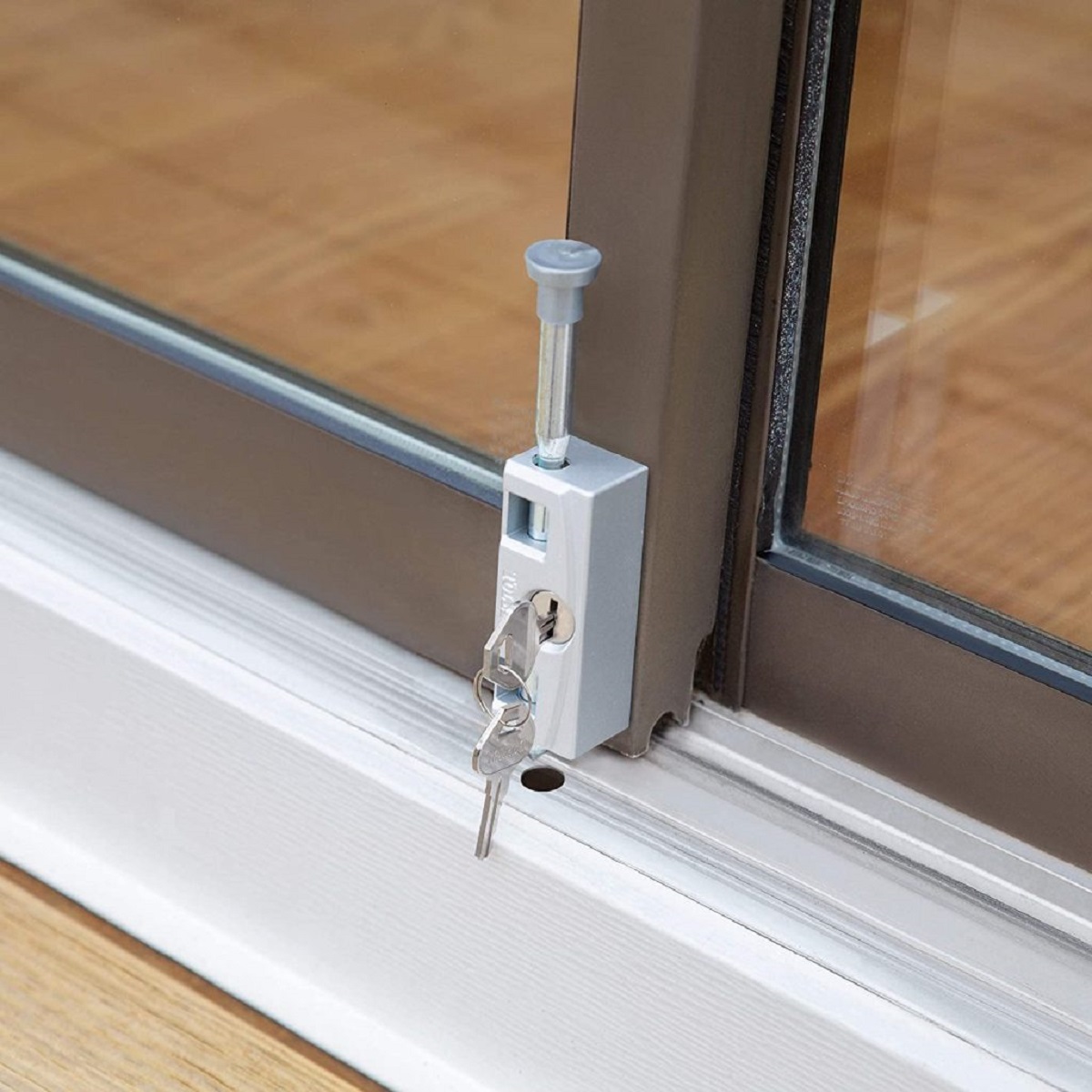
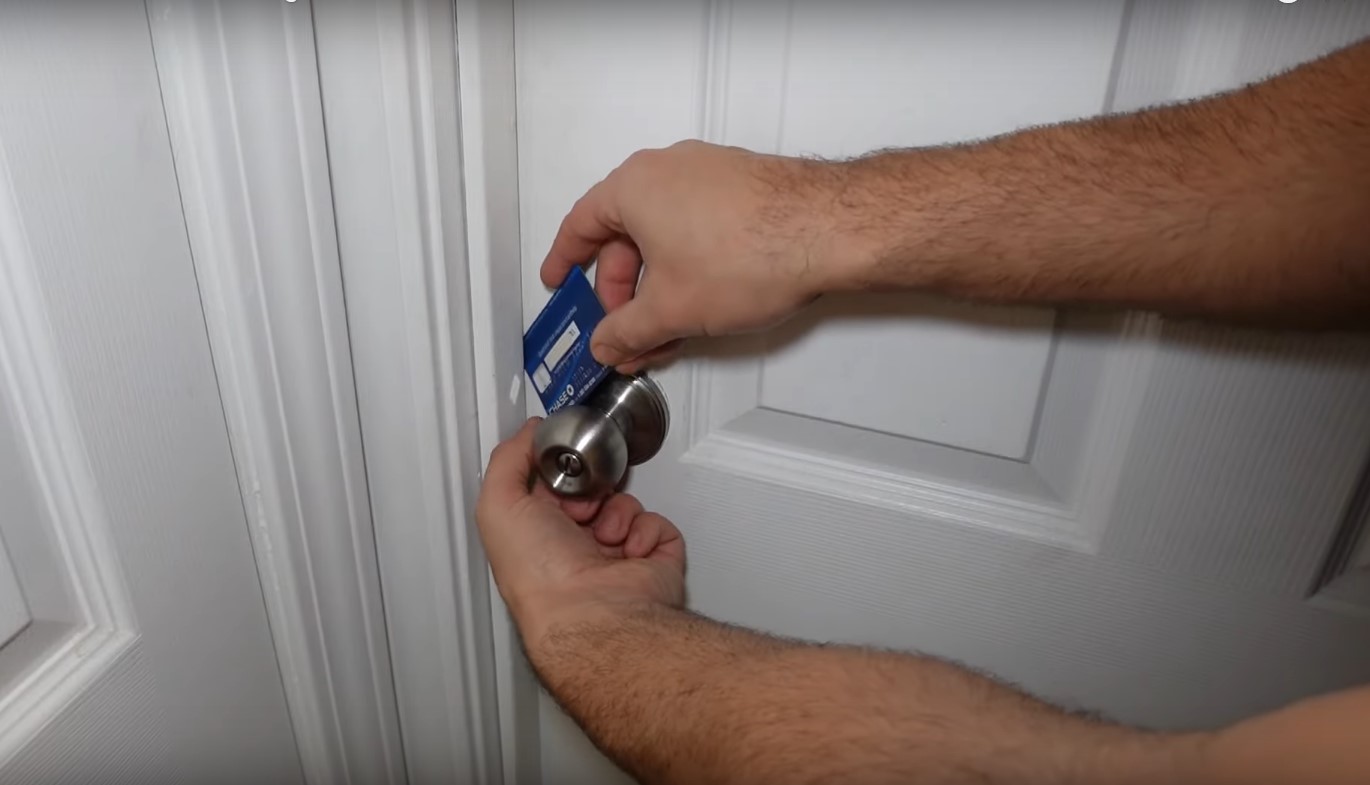
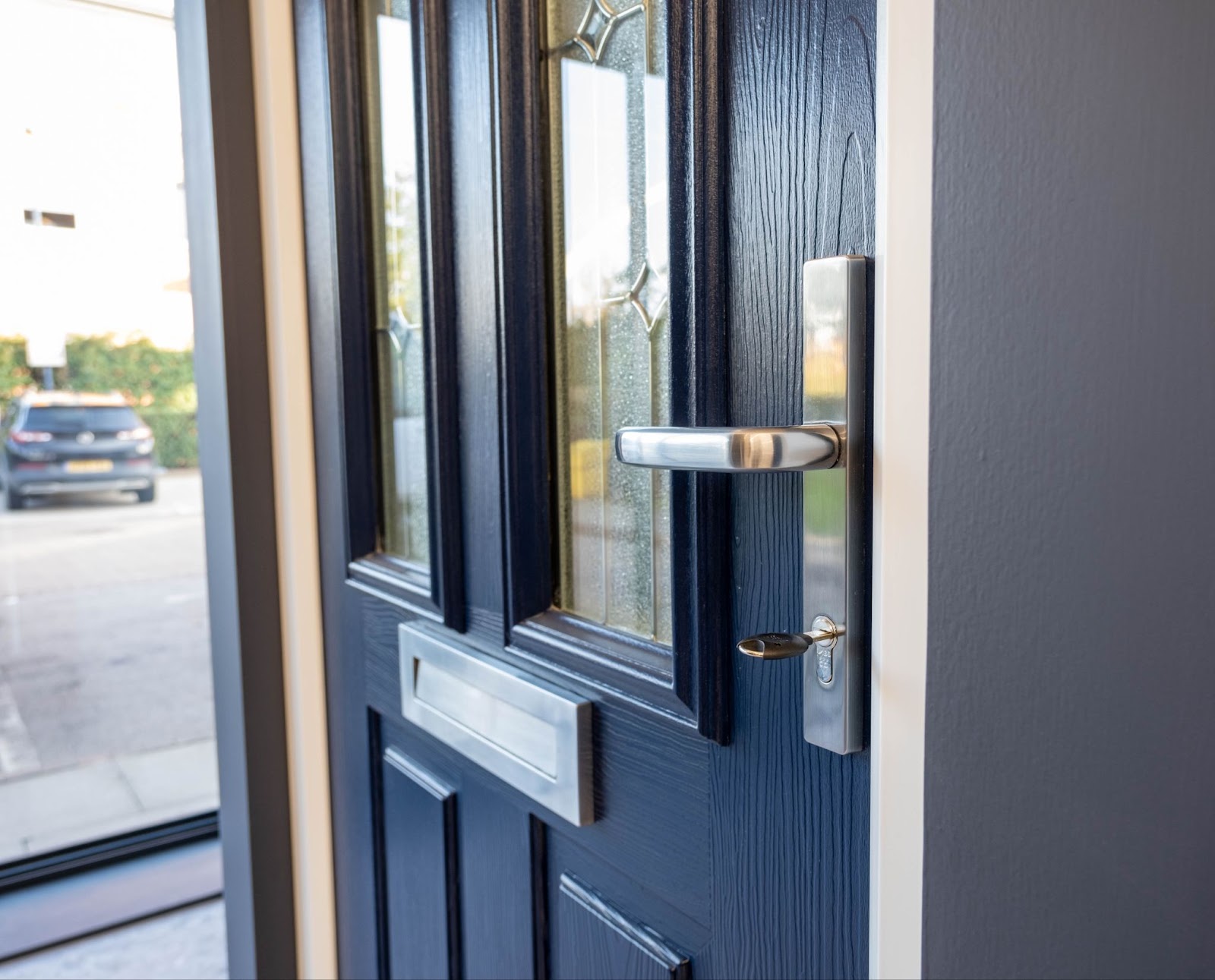
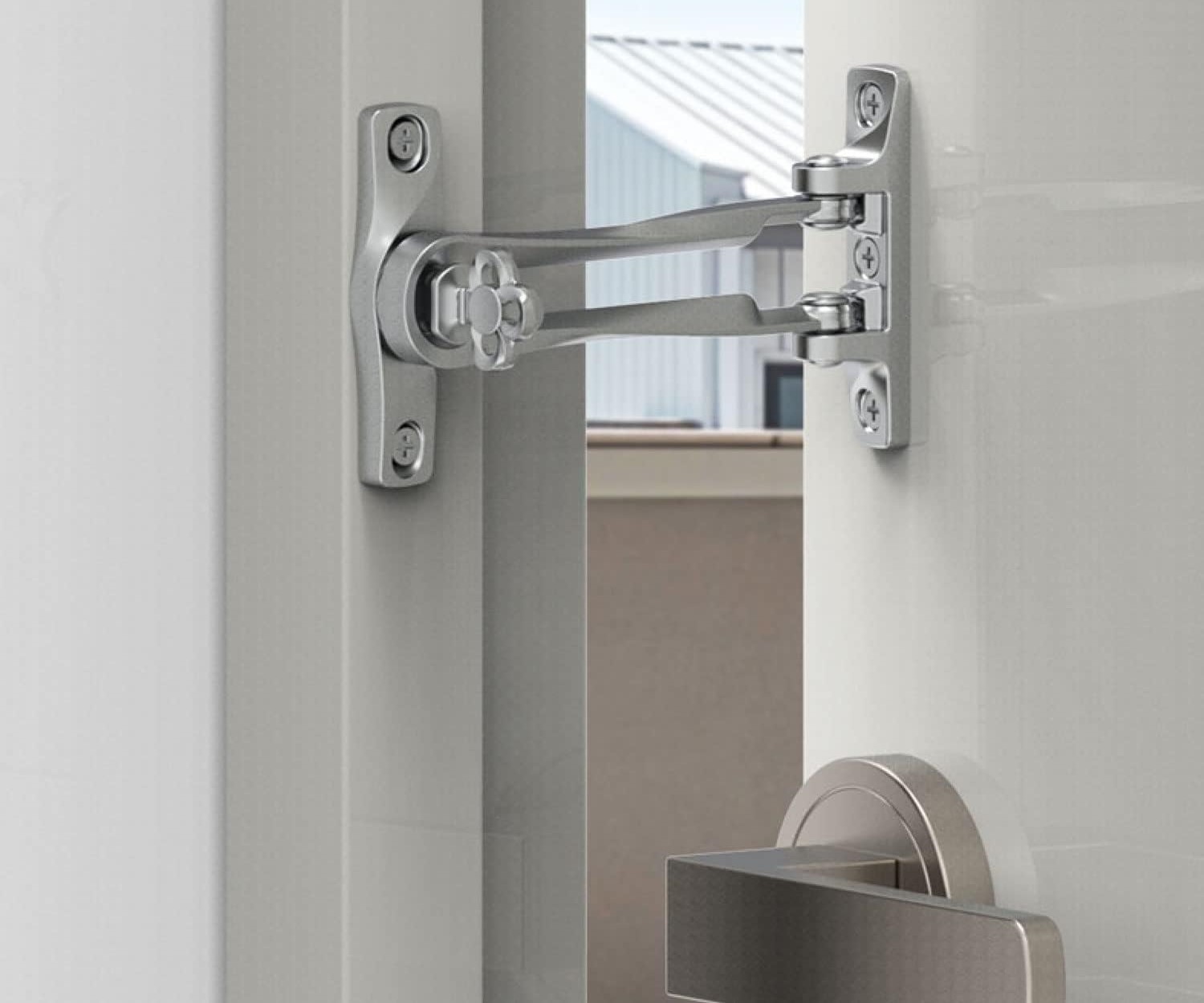
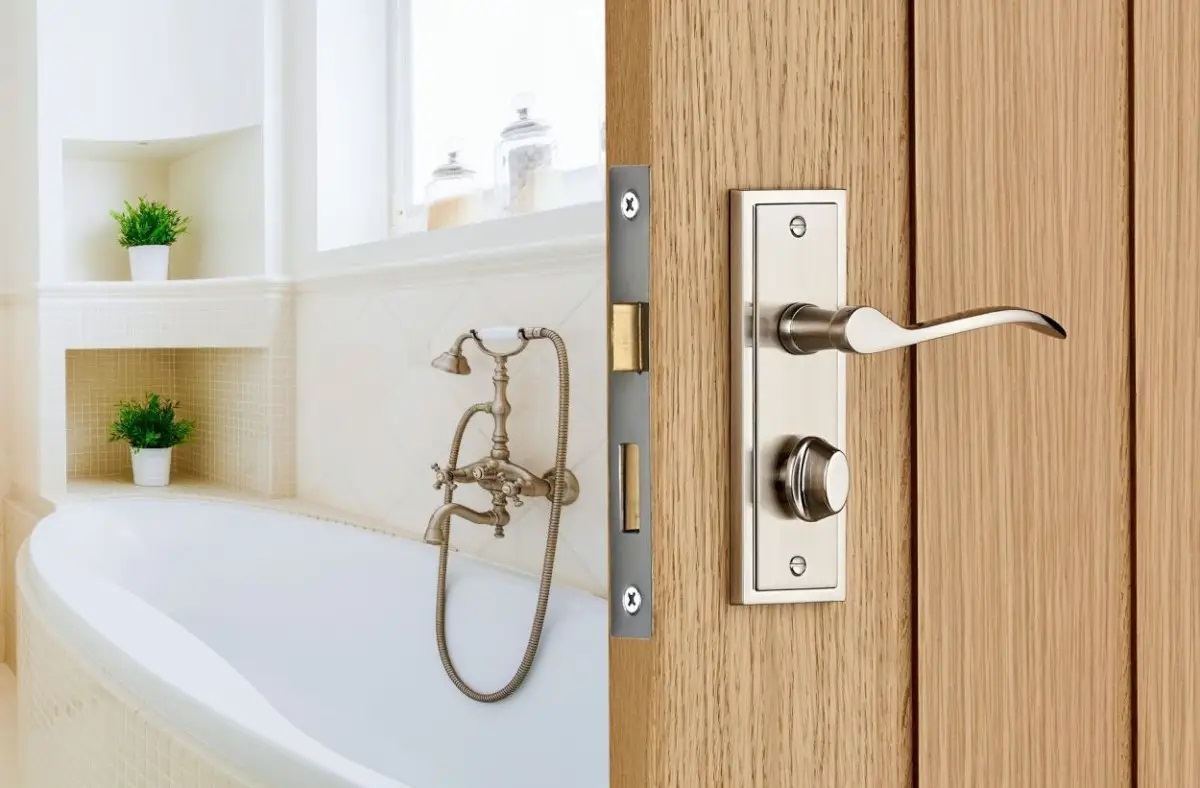

0 thoughts on “How To Open A Broken Door Lock”